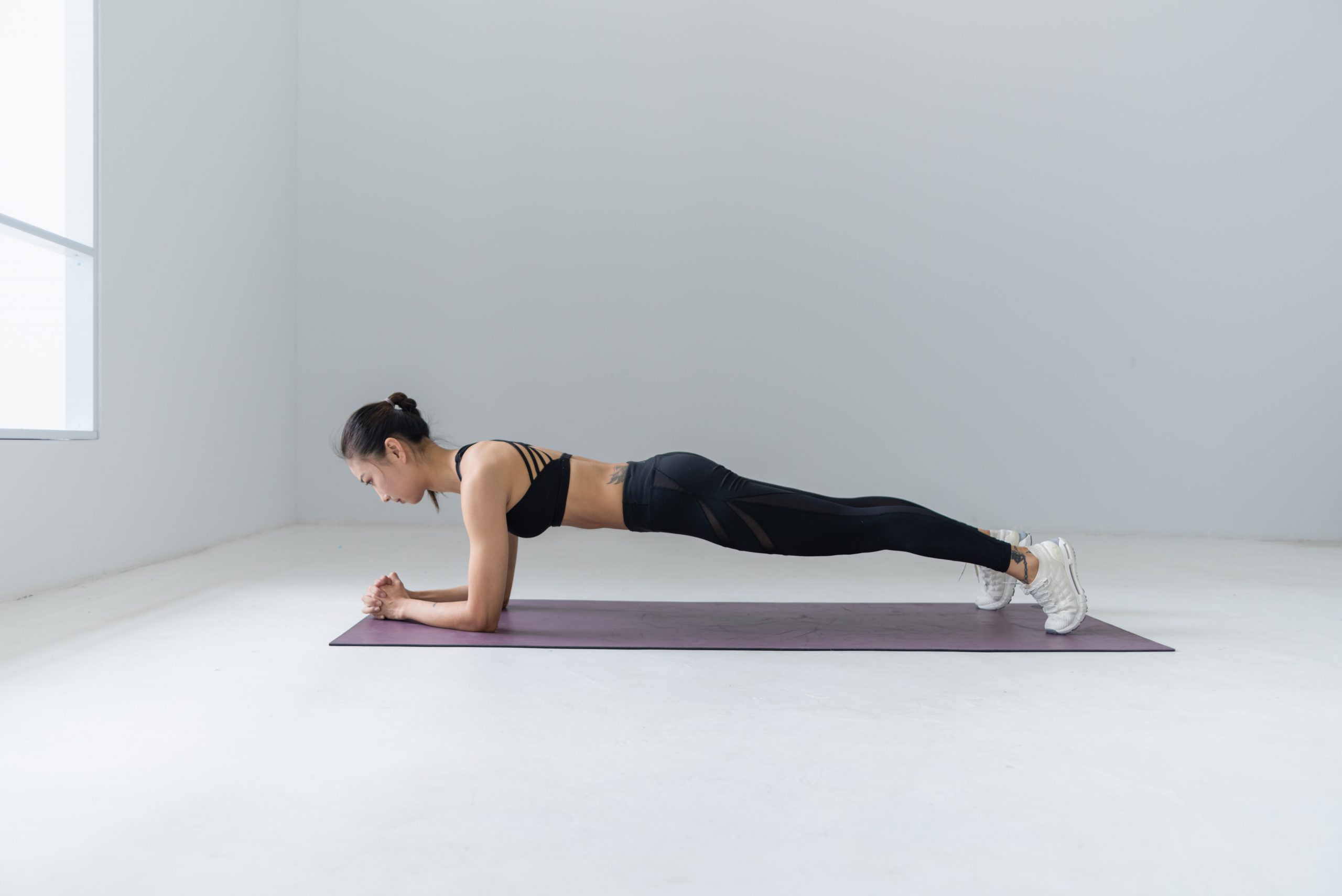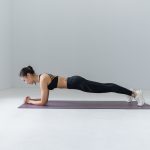It’s common knowledge that core stability exercises are a great addition to your strength training program because they can improve your swimming, running and cycling significantly. A stronger core will help you move your legs more efficiently when running and cycling, and it will help you float better and be more stable during the swim. Planking exercises don’t only help you improve core stability, they also strengthen the muscles in your back, shoulders and even legs. The “rolling plank” combines two popular and effective plank exercises into one.
Rolling plank
Instead of a static plank, the so-called “rolling plank” – in which you combine the “normal” plank with a side plank – can help you target even more muscles. Because you move, your body is constantly trying to find balance, which makes the exercise more challenging. Additionally, because you don’t stay in one position for too long and force your core to constantly compensate, you can avoid back pain. A static plank, on the other hand, often leads to back pain after holding it for a while.
How to do the rolling plank
You start in a neutral plank position – lean on both your forearms and toes, keeping your body as straight as possible (like a plank). Make sure that your bottom isn’t too high, but in a straight line with your back and legs. From the neutral plank you roll over to your side, supporting yourself with only one arm. Hold this position for as long as you can (but no longer than thirty seconds), and roll via the neutral plank over to your other side.
Try to hold the planks for as long as you can, but don’t over do it. If you plank for too long, your back can start to hurt. When you get more experienced, you can gradually increase your time. To keep forcing your core to find stability you can move from (for instance) twenty seconds in the neutral plank, to twenty seconds on your left side and twenty seconds on your right side.
Lifting your leg
You can make the exercise even harder by lifting one leg during the side plank. In the beginning this is very difficult, but after a while it gets easier. You could lift your leg every other second. If you are able to hold the side plank for thirty seconds, but can only move your leg up and down for ten seconds, you can just continue the rest of the plank without lifting your leg.
If words haven’t explained the exercise clear enough, this video below can help:


